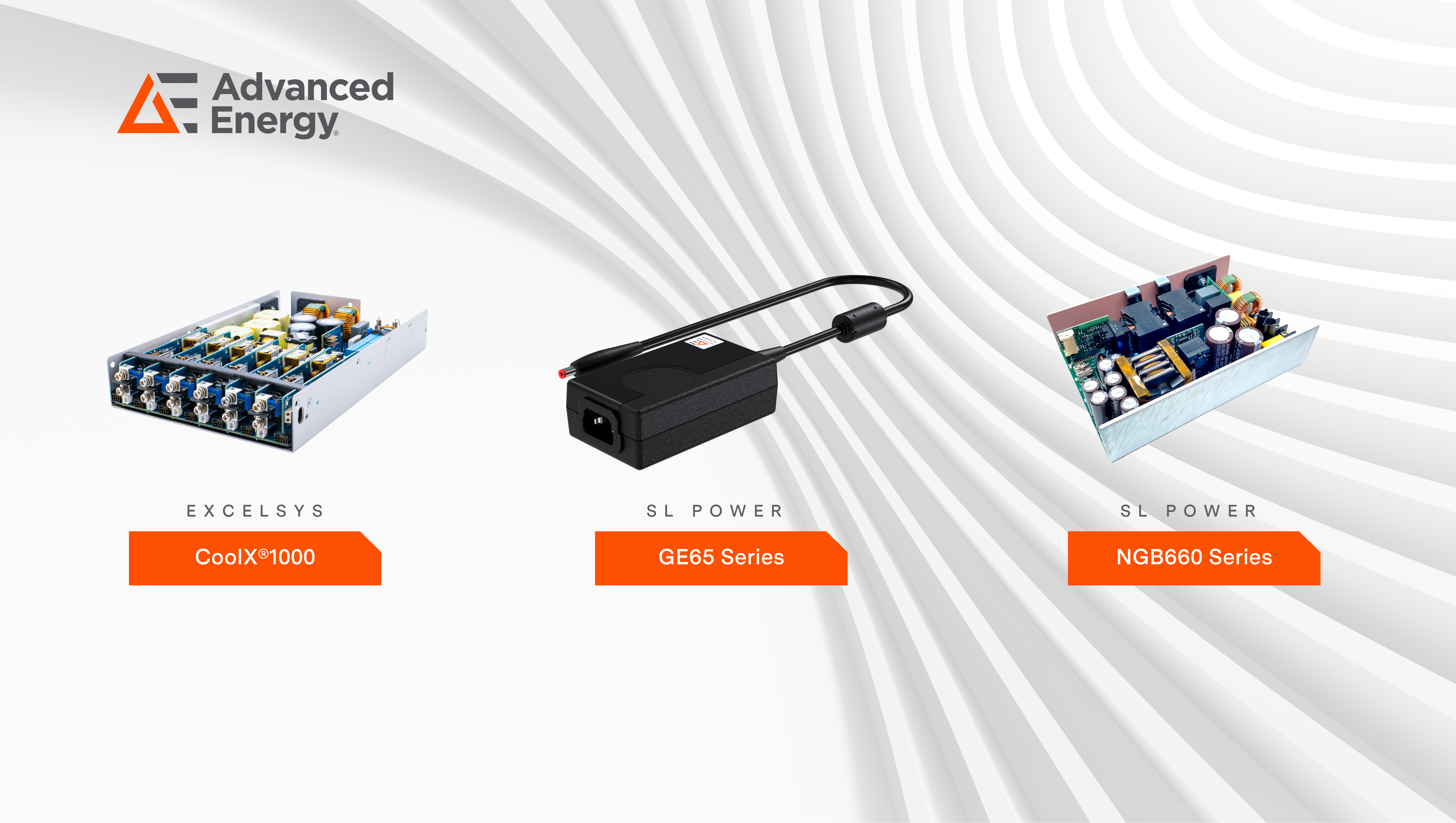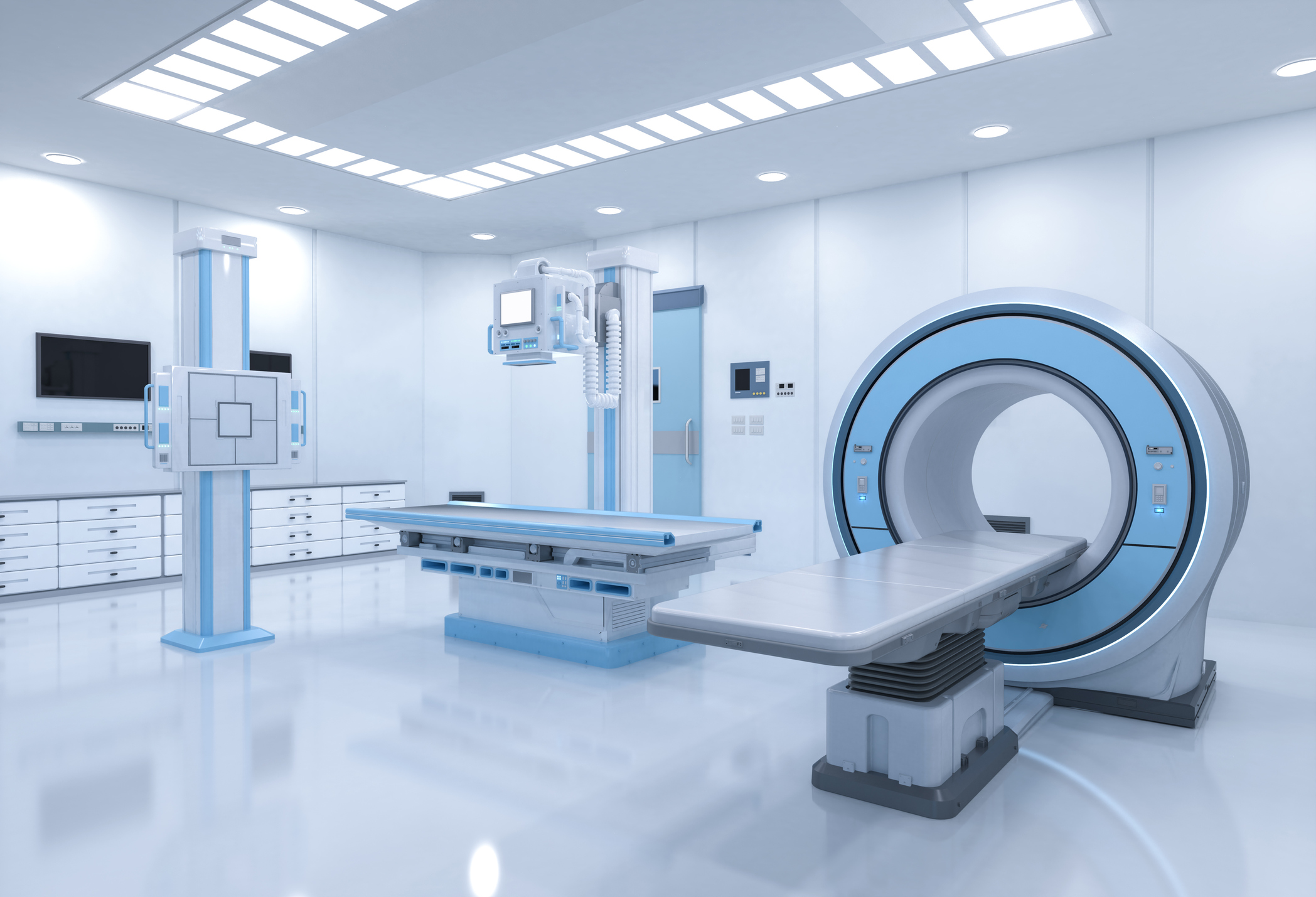New Safety Standards and Medical Power Implication of Transition to IEC 60601-1 Edition 3.2
Posted January 22, 2024 by Del Moses and Nesa Kandaiah
The good news is that from the perspective of most medical product power architectures, the transition from IEC 60601-1 edition 3.1 to 3.2 can be relatively straightforward – assuming the selected power supply manufacturer is prepared. Outlined below are the key changes this new edition brings and what it means for system power supplies.
IEC 60601-1: A brief introduction
IEC 60601-1 is the set of medical electrical equipment and medical electrical systems standards covering basic safety and essential performance. Designed to safeguard patients and operators, the standards apply to equipment that comes into contact with patients, either to deliver energy to their body, or to sense energy coming from it. This includes equipment used for diagnosis, monitoring, treatment or to alleviate symptoms. The device could be using mains power, or a source that delivers power at a higher level than mains supplies.
The standards do not apply to: in vitro diagnostic equipment that falls outside the definition of medical electrical equipment (this is covered by IEC 61610); implantable parts of active implantable medical devices (these come under ISO 14708); and medical gas pipeline systems (ISO 7396-1).
IEC 60601-1 has been widely adopted around the world and is often viewed as the de facto standard for medical electrical equipment.
Edition 3.2 of IEC 60601-1 was published in August 2020, and as of December 17, 2023, the U.S. Food & Drug Administration (FDA) will transition from edition 3.1 to 3.2. As a result, any manufacturer seeking to certify a device for use in this market after this date will need to ensure their equipment meets the standards set out in edition 3.2. Here are some of the key changes introduced in the 3.2 update.
Key changes in IEC 60601-1 edition 3.2
Many of the updates address potential hazards that can affect either a device operator or a patient, both under normal operating conditions and fault conditions. Such a hazard could be functional, mechanical, thermal or electrical.
The main changes to the standard are in the following clauses:
• Clause 2 – Normative references
• Clause 3 – Terminology and definitions
• Clause 7 – Identification and marking
• Clause 8 – Protection against electrical hazards
• Clause 11 – Protection against excessive temperatures and other hazards
• Clause 13 – Hazardous situations and fault conditions
• Clause 14 – Programmable electrical medical systems (PEMS)
Resources that address the standard’s impacts on medical products, include an article by Medídee and a webinar from UL Solutions. Since there are differences in equipment, it is also best practice to consult the relevant certifying party regarding any specific design changes.
What do the changes mean for device power supplies?
First, for an external power supply, there is no impact on the bill of materials, nor is any additional testing or product change required. But for medical systems that include a power supply as an integral part, the system manufacturer needs to set out its risk management procedure.
In addition, Edition 3.2 includes tighter language to define means of operator protection (MOOP) and its equivalencies with means of patient protection (MOPP). Edition 3.2 aligns MOOP with IEC 62368-1:2018, which is the hazard-based safety requirement for audio

When it comes to documenting overall risk management procedure, selecting a power supply that supports certification to version 3.2 of IEC 60601-1 will likely accelerate the overall device compliance process as the power supply manufacturer will already have provided the necessary documentation.
What about other markets?
The European Union Medical Device Regulation is expected to adopt IEC 60601-1 edition 3.2 in May 2024. Many other countries are already accepting 3.2, even where no formal transition date has been announced. From a global regulatory perspective, adhering to edition 3.2 is therefore being regarded as the least risky path to market.
Next steps
AE teams are ready to provide all necessary documentation to support overall product certification for the transition to IEC 60601-1 edition 3.2. In addition, AE has set up several global Customer Experience Centers (CEC) to support medical equipment designers in the rapid hands-on development of platforms that comply with the standards. At these centers engineers work with customers at the system level with a wide suite of test and diagnostic equipment available in the centers, guiding them through the development journey to ensure that all performance, safety, and regulatory targets are met.
To browse AE’s range of medically rated power supplies please click here, or contact the AE team to discuss requirements and find optimized power supply technology for a variety of medical platforms.
Del Moses and Nesa Kandaiah
Del Moses
As Advanced Energy’s Product Line Manager for external adapters, Del Moses develops product strategy for the company’s broad range of external power supply units. He collaborates closely with cross-functional teams, from engineers to designers, to create products that not only meet regulatory standards but also exceed customer expectations.
Nesa Kandaiah
As one of Advanced Energy’s Product Compliance Engineering Manager, Nesa Kandaiah ensures that products meet the highest standards of safety, quality, and regulatory compliance. With an extensive background in engineering and regulatory affairs, Nesa is a trusted expert in the field of product compliance.

